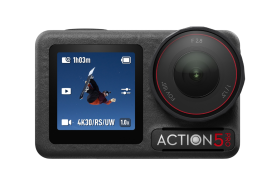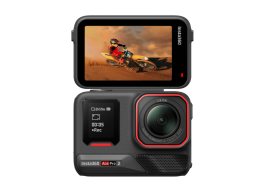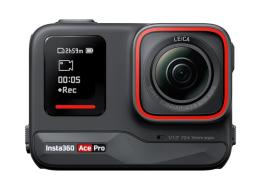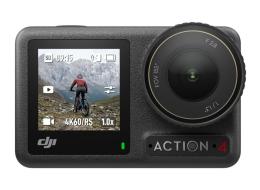The Best Alternatives to GoPro Cameras (2025)

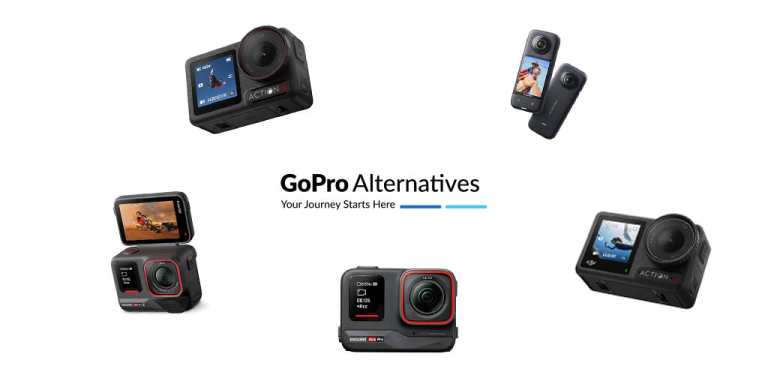
Looking for the best alternatives to GoPro cameras? We’ve scoured thousands of first-hand tests and reviews to find out which cameras are the best GoPro alternatives.
People have tested the most popular GoPro alternatives in real-world conditions: hikes, bike rides, road trips, sand, snow, wet, dry, out-on-the-sun and in low-light indoor shoots. You name it.
People have written reviews of those action cameras: the good, the bad, and the ugly. Pros, cons, personal takes.
Too much for a person to comprehend, and make an informed shopping decision.
That's when we got an idea. We gathered all those first-hand experiences we could find and created a database with all action camera models ever reviewed. Yup. Then, we assessed every camera on this list for stabilization, image quality, low-light performance, battery life, and overall value.
Behind the scenes, the GoProAlternatives AI engine did the heavy lifting. It analyzed tens of thousands of reviews, products, and trusted websites to understand the full action-camera landscape. Each camera was tagged with detailed attributes (from video resolution and stabilization type to activity suitability and weight), allowing us to score and compare them with precision.
And the work is done. The results are in. These are the best alternatives to GoPro action cameras according to all of you.
Best GoPro Alternatives of 2025 Ranked
Mini-Reviews of the Best Alternatives to GoPro Cameras
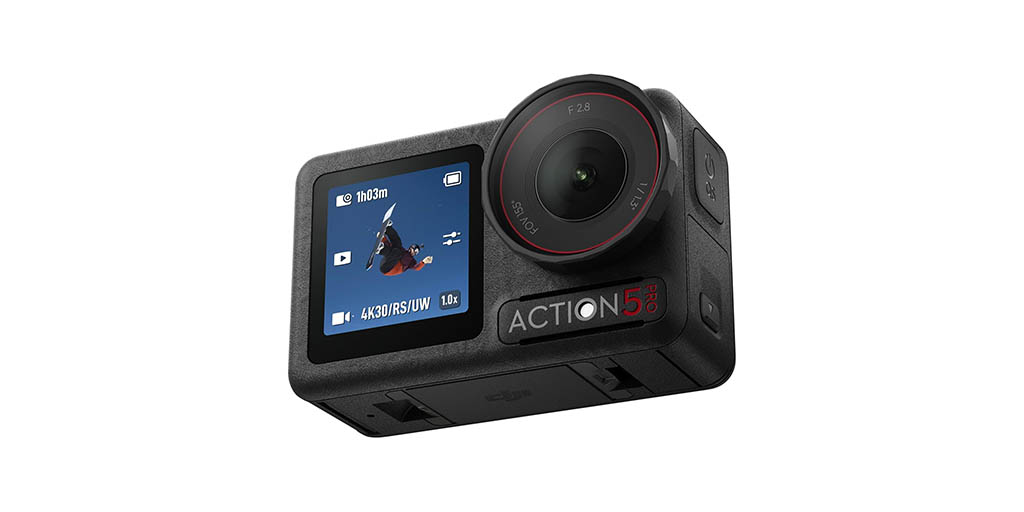
DJI Osmo Action 5 Pro
From the moment you mount the Osmo Action 5 Pro and hit record, what stands out is its battery life. In trials, it consistently ran over two hours at 4K/60 fps. This bested many competitors, including the GoPro Hero 13 whose battery died at 1 hour 45 minutes. That reliability is gold for real adventure shooting.
Physically, it’s familiar: rugged, lightly textured, compact, with the same secure magnetic mounting system as the Action 4. Accessories from prior Action models work seamlessly.
Image-wise, the camera claims up to 13.5 stops of dynamic range, and while I appreciate the factual accuracy, the “Normal” color profile struggles—shadows often look artificially lifted and colors feel oversaturated, almost like over‑processed HDR.
On the durability front, it’s built for extremes: rated for 20 m underwater, operable down to –20 °C, dual OLED touchscreens, a bright front screen, and a 1/1.3‑inch sensor. It also includes HorizonSteady for 360° stabilization and a “Super Night” mode for low light. The battery delivers up to four hours (depending on image quality), with fast‑charging support.
In practice, it delivers peace of mind: long shoots go uninterrupted, mounting is hassle-free, and the rugged build handles both rock-solid and rugged conditions. Pro-grade and confident.

Insta360 Ace Pro 2
If you're filming in all conditions the Ace Pro 2 feels tailored to it.
Its 1/1.3‑inch sensor, dual‑chip processing, and Leica‑engineered optics yield rich dynamic range and low‑light performance that outpaces both the previous Ace Pro and even the DJI Osmo Action 5.
The flip‑up touchscreen is a standout for framing shots or vlogging from odd angles, very instinctive and user‑friendly. Stabilization holds firm even on mountain‑bike runs; internal audio with its wind guard is noticeably clearer, with support for external mics and even a wireless DJI Mic 2.
However, 8K recording mostly feels like a spec sheet checkbox. Its practical use is limited by artifacts and standard stabilization, so most creators will stick with 4K/60 fps. That said, oversampling from 8K can yield sharp 4K footage when cropping.
Battery life is decent. In tests, it lasted about 76 minutes at 4K/60, notably less than the DJI Action 5’s ~112 minutes.
In real use, this camera feels thoughtful: excels in challenging light, offers intuitive controls, and packs features (mic support, flip screen, low-light modes) that creators actually use. The 8K headline is flashy, but it’s the everyday footage, usability, and reliability that impress most.
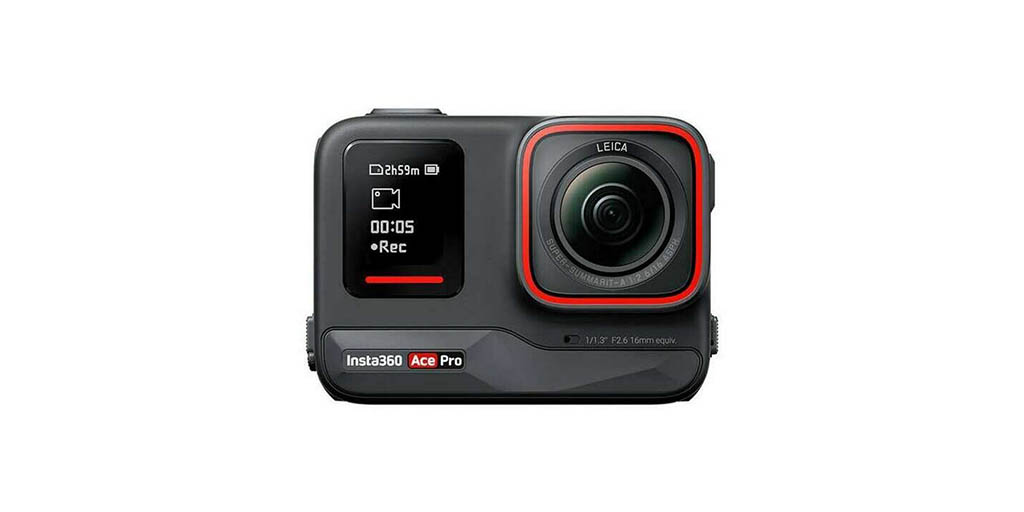
Insta360 Ace Pro
This wide‑angle, action cam commits to pro specs—1/1.3" sensor, 8K mode, flip screen—and delivers strong video, good battery life, waterproofing, and accessories.
Hands‑on, it's compact yet solid. The Leica lens offers confident sharpness and dynamic framing. The flip screen enables creative angles like low‑ground or high‑shoulder shots. Battery life holds up over extended shooting, and the magnetic mount is an easy bonus for quick repositioning.
On the downside: weight makes handheld use a little chunky; it's noticeably heavier than a GoPro. Audio is fine for casual use but not great if you're talk‑heavy; serious users would benefit from an external mic.
As a hands-on user, I appreciated the build quality and lens fidelity—it feels premium. It isn't light, and the audio is average, but if you want reliable image quality and thoughtful ergonomics, it’s a great balance.
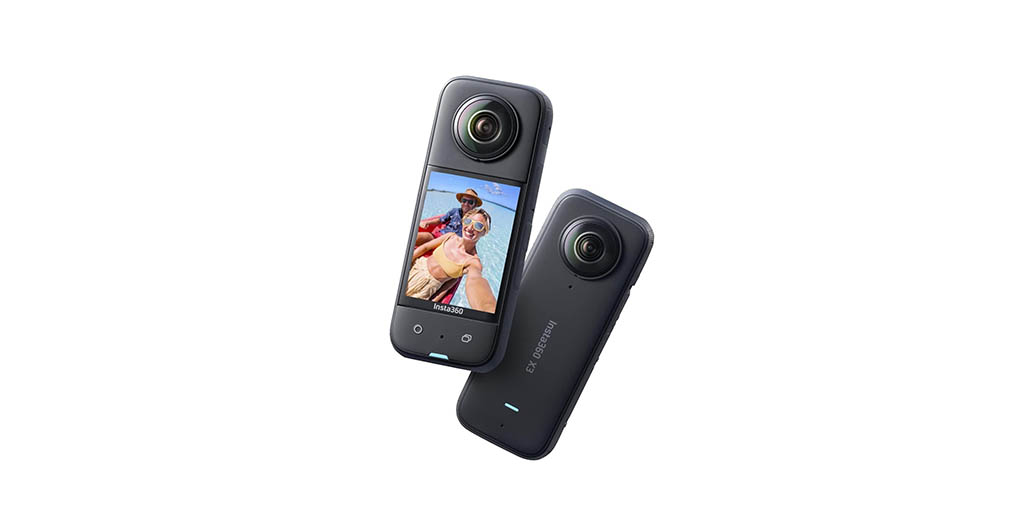
Insta360 X3
The X3 is a 360‑degree powerhouse—with two wide lenses capturing immersive 5.7K footage (or 4K single-lens mode), a handy 2.29‑inch touchscreen, and elite AI reframing and editing tools in-app.
In practical shooting, it's ultra‑versatile—mount it on the helmet or hold it handheld. Usability shines: the screen and interface are smooth; editing after capture is fast, fun, and intuitive—especially for beginners.
Footage quality is surprisingly vivid and clear for 360. Single-lens 4K output surpasses GoPro Max in clarity. However, photo quality lags typical smartphone shots.
One Redditor put it bluntly:
“I absolutely love the concept … it’s pretty easy to use … I can see some really cool reframed videos.”
With real-world use, you feel empowered to get creative. It's less suited if you primarily shoot traditional POV footage, but if immersion or editing flexibility excites you—the X3 opens playful and powerful possibilities.
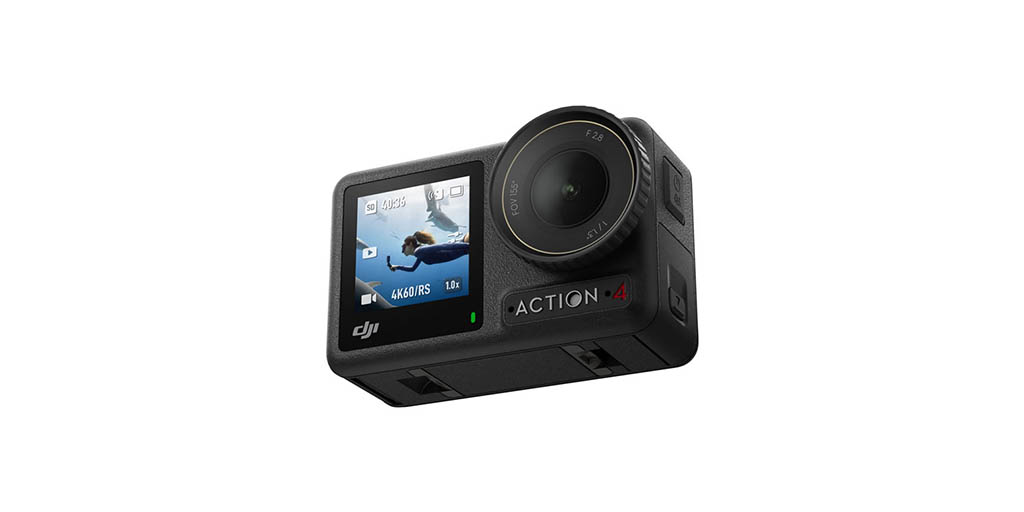
DJI Osmo Action 4
A trusted workhorse—magnetic mount, 1/1.3" sensor, 10‑bit D‑Log M color, and proven reliability. Reviews say it performs flawlessly even in long recordings; Bluetooth mic works without dropouts.
Its value is compelling, especially now with aggressive pricing (e.g. ~$209 in U.S., £165 in U.K.), making it a top budget pick with professional-grade features.
Some quirks exist: limitations on macro close-ups (about 1 ft minimum focus), and ergonomics can feel awkward for selfies or framing oddly angled shots.
From a hands-on standpoint, this camera feels dependable and solid. Even if you're price-conscious, it delivers excellent stabilization, image quality, and durability—nothing flashy, but nothing frustrating.
Final Thoughts
In a world full of GoPros, be a GoPro alternative.
This year, the DJI Osmo Action 5 Pro remains top choice as the best GoPro camera alternative thanks to its battery life, durability, stabilization and low-light performance. The Insta360 Ace Pro 2 doesn't fall behind much, if at all. All of these cameras are great. But finding the best alternative to GoPro camera really boils down to your filming style.
Every model on our list has been hands-on tested by thousands of athletes, sports enthusiasts, tech geeks, and your regular Joe's, so you can shop with confidence, knowing these recommendations come from real-world use, not just spec sheets.
Ready to upgrade? Check the recent article about the best overall action cameras in 2025, or see how the DJI Osmo Action 5 Pro stacks up against the GoPro Hero 13 in our full head-to-head.
Until next time.
